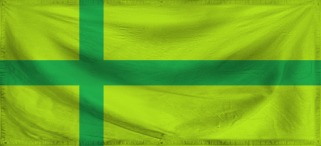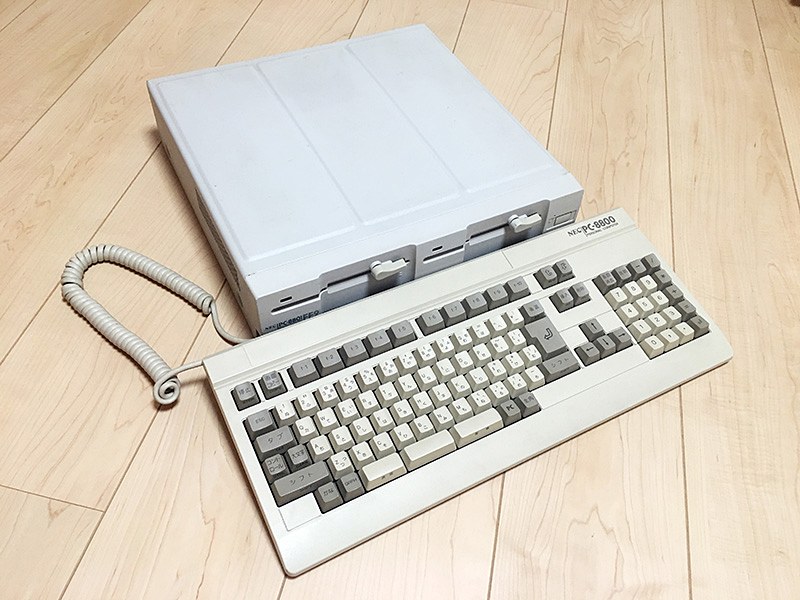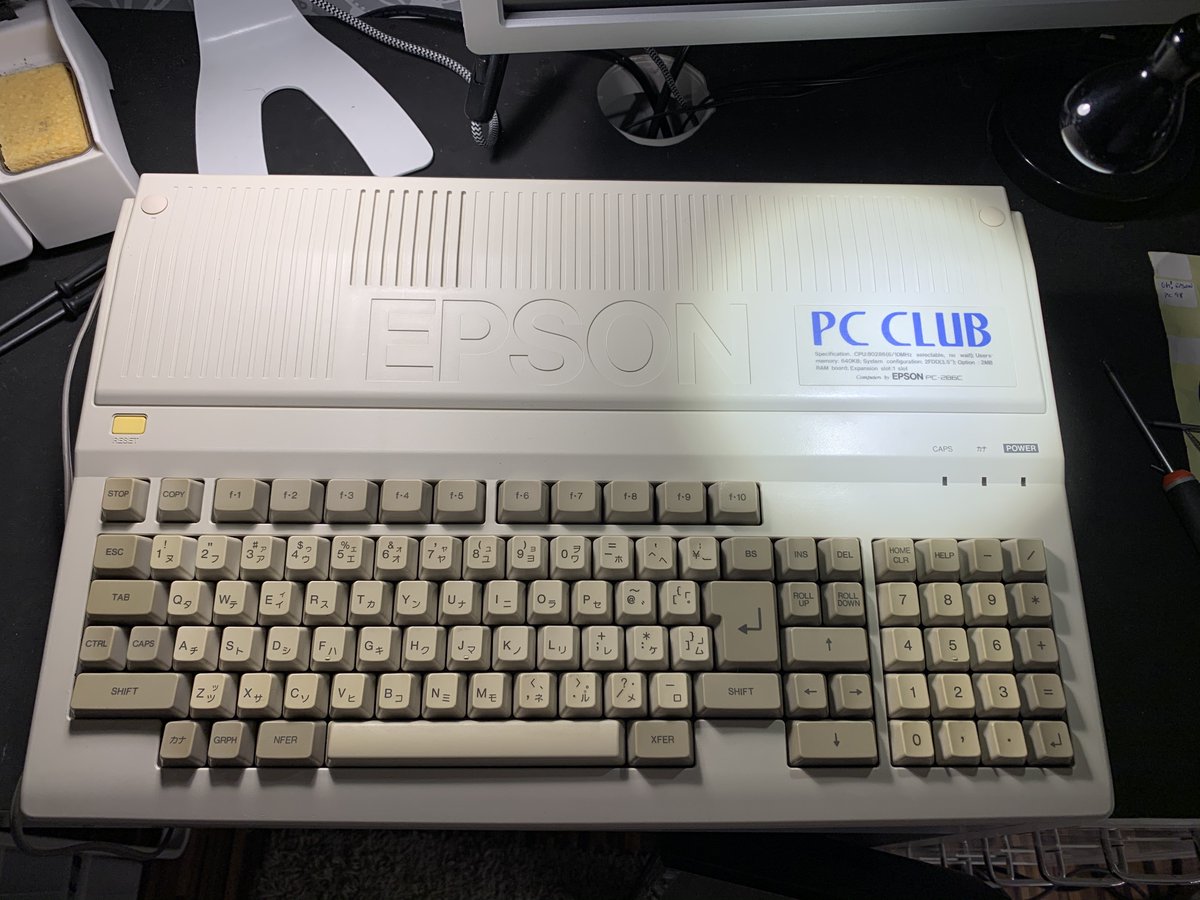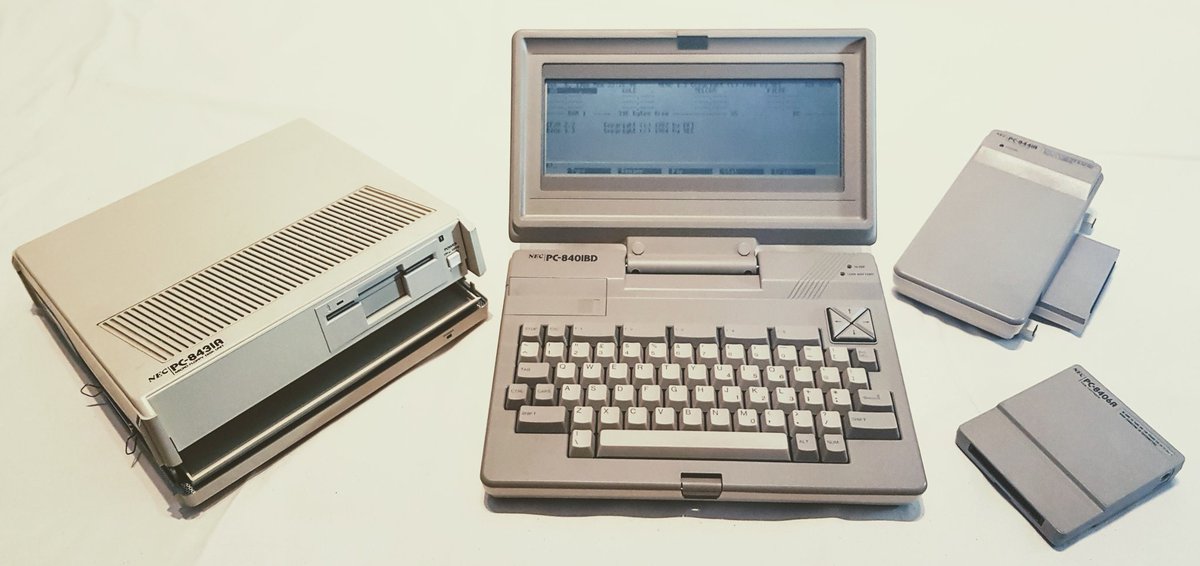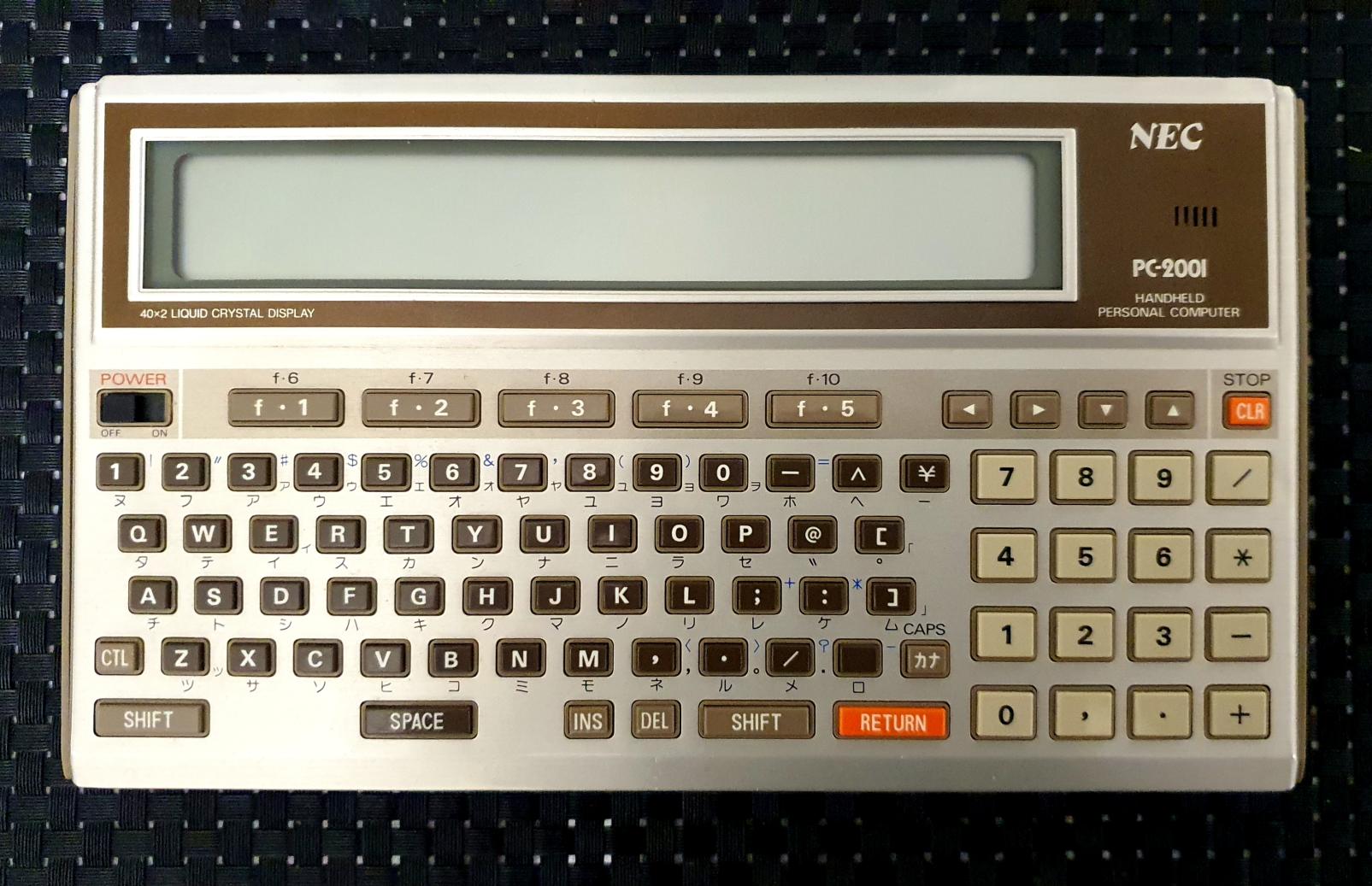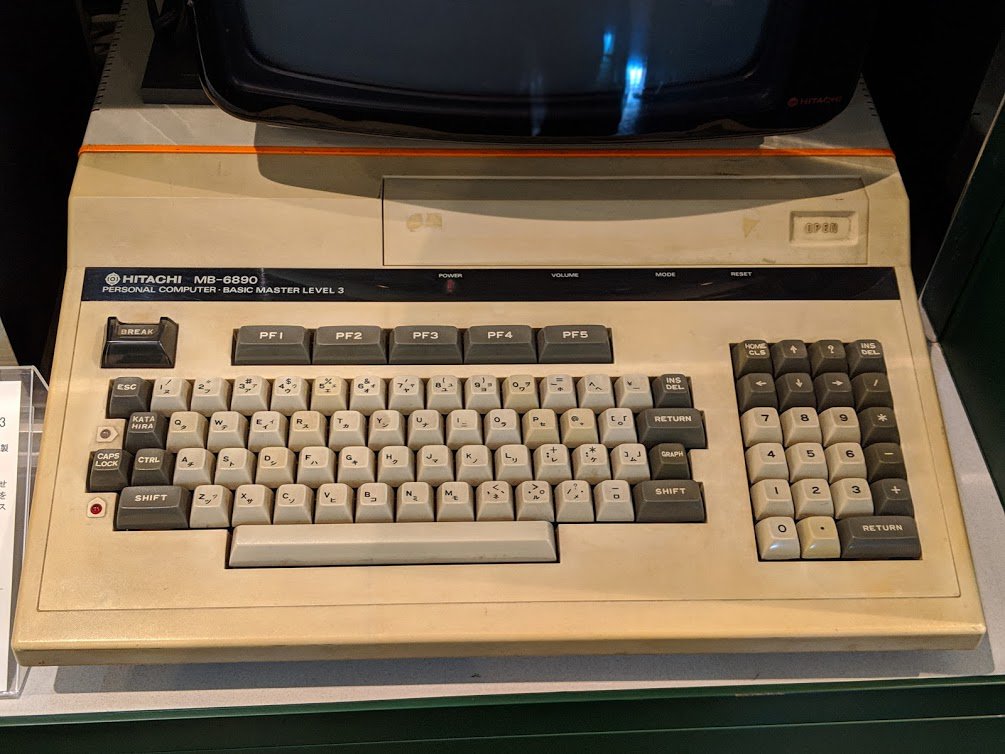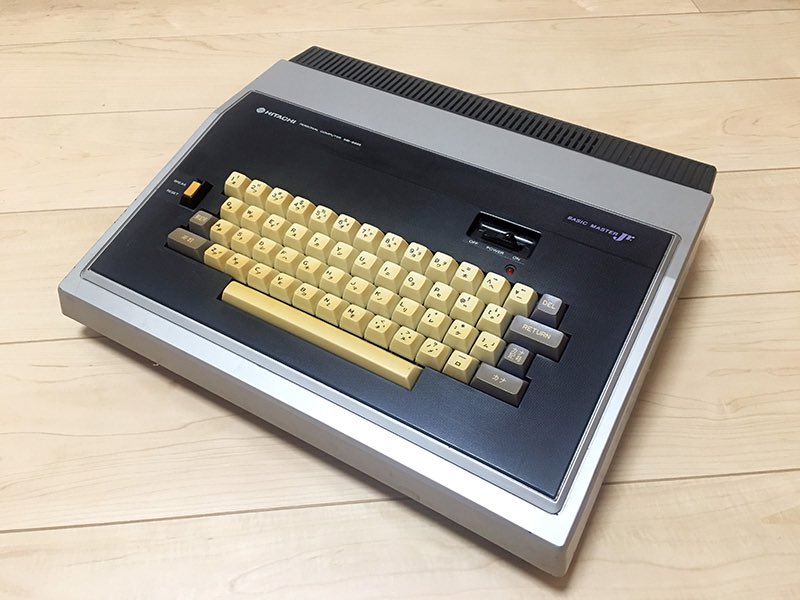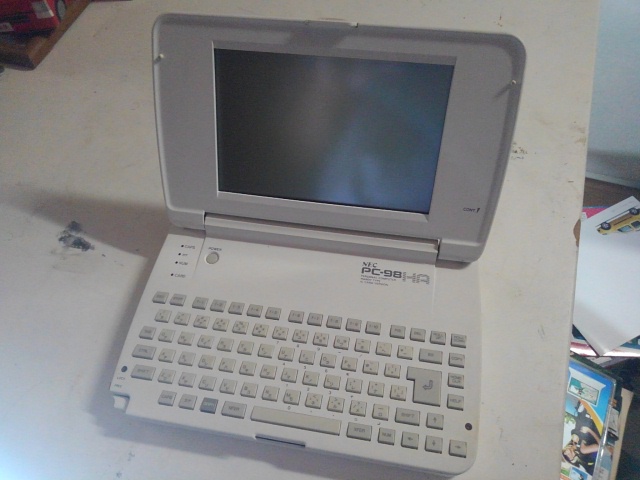Edeltian Instruments PC-8NX
PC-8EX
Developer: Edeltian Instruments
Manufacturer: NEC, Edeltian Instruments
Type: 8/16-Bit Personal Computer
Release Date: May 1987
Introductory Price: Ԑ 4,000 (Fatiman Estanas)
Discontinued: December 1994
Operating System: CDOS (Similar to Apple DOS, Incompatible with Apple II) PC-BASIC (Similar to Applesoft BASIC and Integer BASIC, Incompatible with Apple II), ComDOS (Similar to Apple ProDOS, Incompatible), ST/LT (ProDOS 16 Clone, Incompatible with Apple IIGS)
CPU: WDC W65C802, 3 and 8 MHz (Only 3 MHz in PC-8EX)
Sound: Edeltian Instruments 65C52 "Timer" (2-Channel Square Wave Soundchip), Edeltian Instruments 65C81 (4× Square/Triangle/Sawtooth Wave, 2× PCM Sample, ADSR, Ring, Filter)
Memory: 640 KB, Upgradable up to 3 MB
Predecessor: PC-8, PC-8 Plus, PC-8/2, PC-8c
Successor: SixtyFour SFGS
The Edeltian Instruments PC-8NX is a 8/16-Bit Personal Computer made by Edeltian Instruments and NEC for the Eastern Siberian Market, and it was the "Potential" 16-Bit Replacement for the 8-Bit Personal Computers of PC-8, including the Original PC-8, PC-8c and the PC-8/2. It has been Marketed towards Schools and Home Users and it has been Successful in the Home Computer Market, but it was a Failure for the Education Market due to it's Design and Features that it shouldn't have in a PC-8 Computer, including the Dual Speed mode (SHIFT+F5 Key) that would cause Schoolchildren to Accidentally Trigger the Feature without them knowing, and Some Incompatibility with Old PC-8 Software, which making Schools Favoring the Design and Features of the PC-8/2 and PC-8c instead than it's Next-Generation Successor, However, Edeltian Instruments remarketed the Computer as the PC-8EX once again to gain it's Attention in the Education Market and it gained a Small Success, which the PC-8EX has no dual Speed Mode that Schoolchildren can Accidentally Trigger it by Pressing the Shift and F5 Key on the Computer that would trigger the Dual Speed Mode, which the Mode is Commonly used in Business and Gaming Software.
It was Supposed to be a Gaming Computer just like the Basic Computer Series of Home Gaming Computers, but it has been Scrapped by Edeltian Instruments to Prevent Competition from other PC-8 Computers and it has been Proposed as a School and Home Computer instead with the Full Compatibility of All PC-8 Software and Games Library, and it has been Designated as "PC-9" during Development Stages, but it has been Scrapped again because it would Fail in the Home Market by Confusing it's Consumers with the Name that has been Already Used in the Next Generation Successor of the ThirtyTwo Computer, and Instead Designated as "PC-8NX", which it would become the Final Name for this Computer.
It was a Popular Computer in Fatimanian Homes, and Hobbyists considered this Computer as the Gaming Version of the PC-8 since it has the Design Style that Gamers would Favored For, but Edeltian Instruments only Advertise this Computer for Home and School Use. It was also a 16-Bit Computer due to it's Processor, WDC W65C802P, which it is a 16-Bit Processor used in SxityFour SFGS and their Competitor, the Apple IIGS. It is Supposed to be a Low Cost version of the SixtyFour SFGS, but the Majority of it's Users still use PC-8 Modes instead of the ST/L 16-Bit GUI Modes.
The Computer has been Discontinued in December 1994, and it was the Last PC-8 Computer in the PC-8 Family of 8-Bit Home and School Computers, and Schools still Used PC-8, PC-8/2 and PC-8C Computers until April 1994 when Apple discontinued the Apple II Line of Computers.

